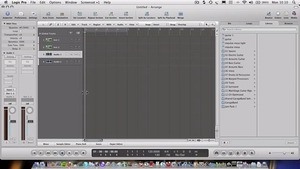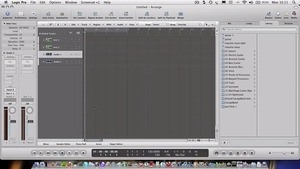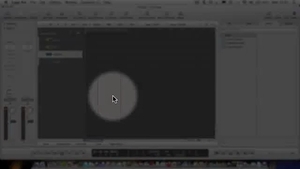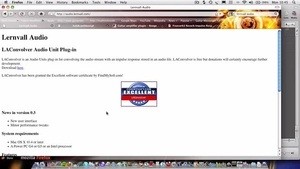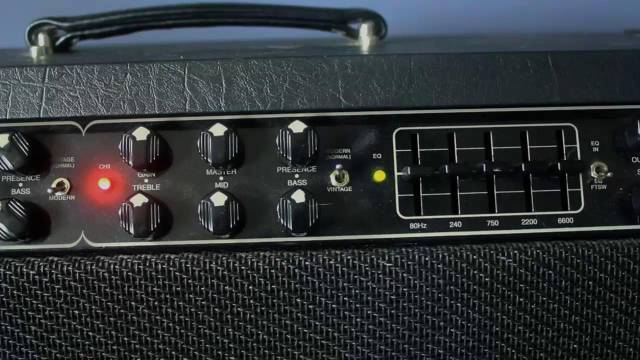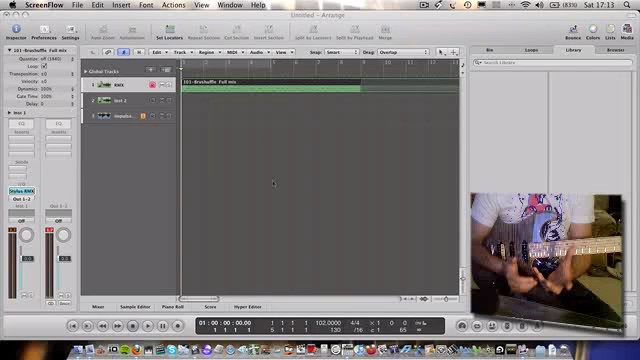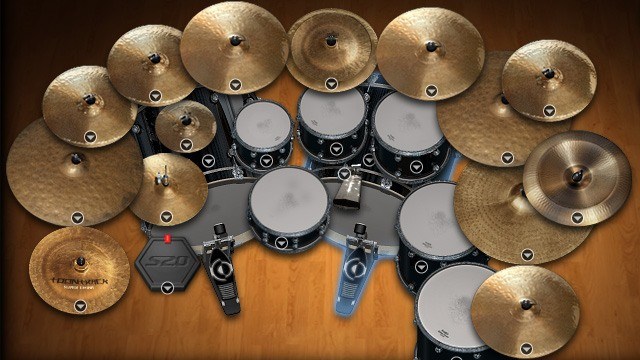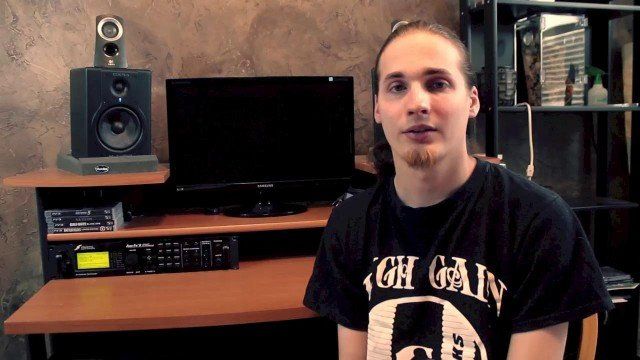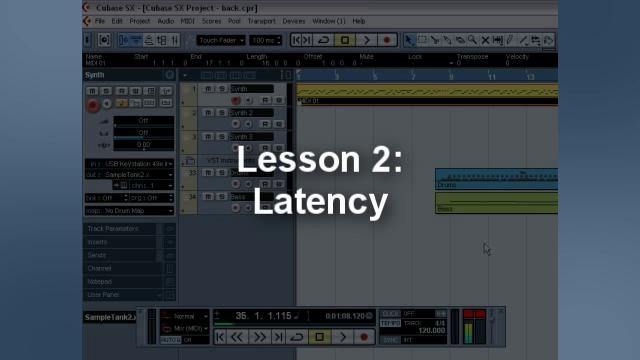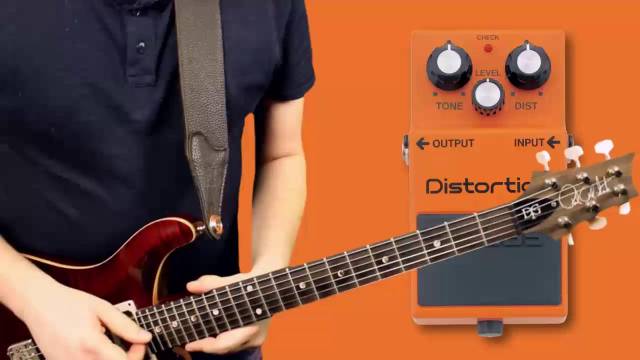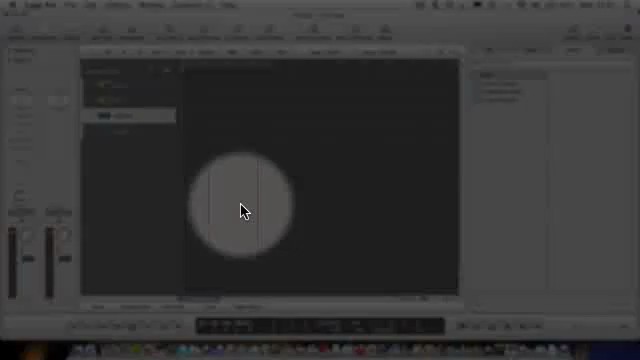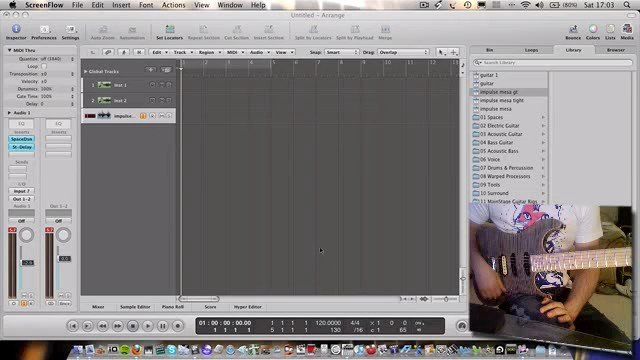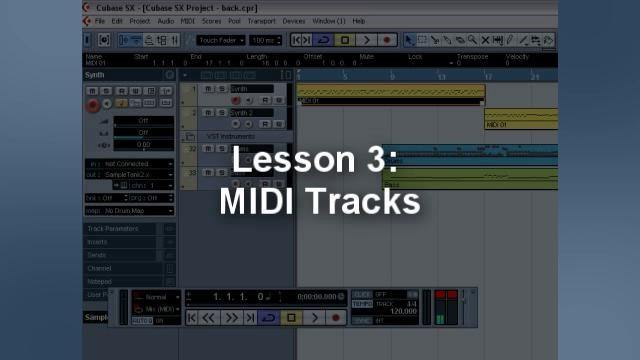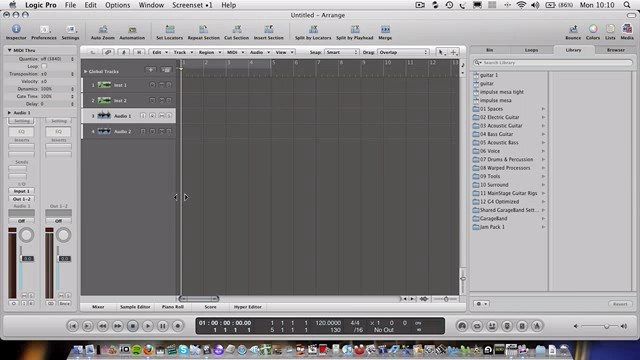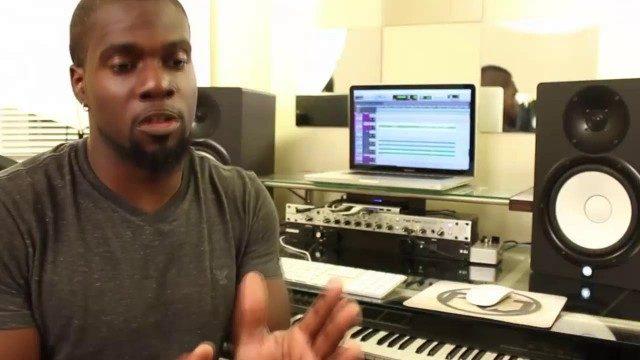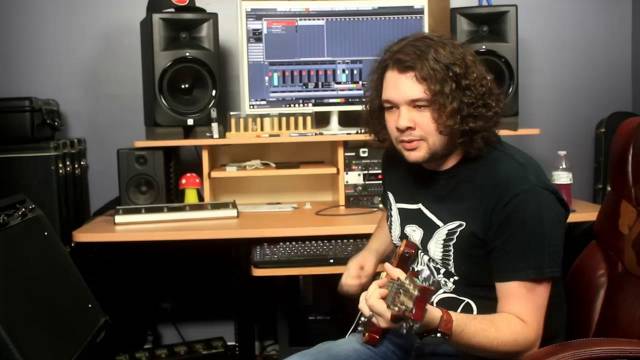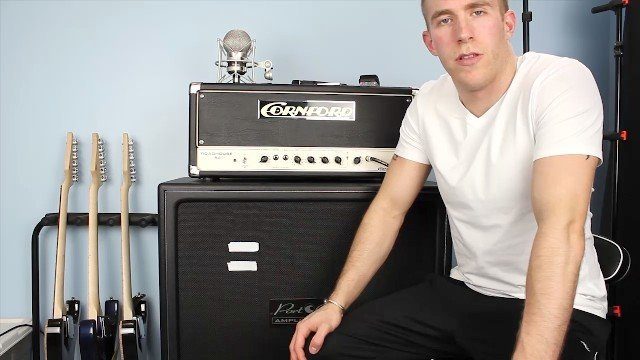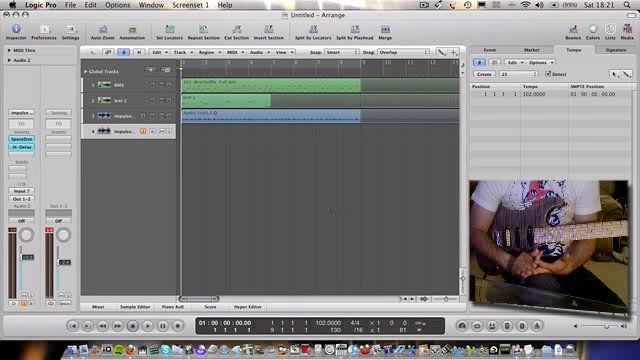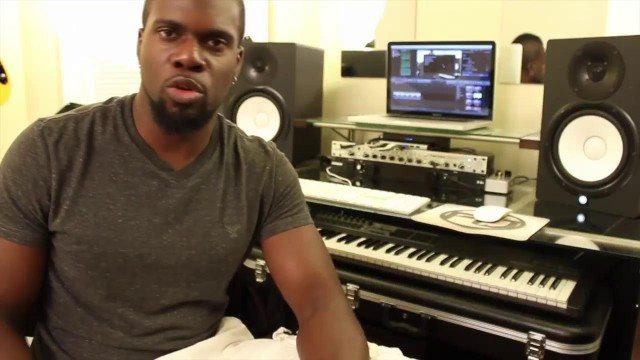So, as I said in the previous video, we'll be using convolution technology to record the preamp section of our amp and model the Power Amp and Cabinet section. This enables us to keep the fantastic tone produced by our amp yet record at low volumes and not require mics. The advantages of this are obvious and means we get a REAL tube tone very easily. No simulations of tube distortion - this is the real deal.
So what is convolution technology and what are Impulse Responses. Well, convolution or convolving is a mathematical process whereby an Impulse Response is De convolved...blah, blah, blah, blah!!! Basically, what you need to know is that the impulse response is a file which contains a recording of a sine wave sweep or some other very short sound passing through a power amp and cabinet chosen by whoever did the recording. This could be a power amp with EL34 tubes running into a Mesa Boogie 4x12 cabinet mic'd up with an SM57 at the edge of the speaker grill. A quick search on the internet will reveal thousands of high quality professional, and amateur produced impulse responses for virtually every combination of Power amp, cabinet and mic combination out there! We can then host this impulse response in our convolution software which then works out 'If the sine wave sounds like this then what does your guitar signal coming from your amp sound like going through the same cabinet?' A very clever, and exceptionally accurate idea. Obviously, the better the quality of the Impulse Response, the better tone you'll get in the end and it's amazing how fantastic this can sound.
Convolution Reverbs have been around for years and create exceptionally realistic reverbs of almost any place in the world you can think of. The idea is the same here in that the Impulse Response captures the sound of a room. Cabinet impulse responses capture the sound of a guitar cabinet and apply to an existing sound the tonal and resonance characteristics of that cabinet.
So, basically you need an impulse response host which can deconvolve your impulse responses for you. Now, as I'm using Logic Pro on the Mac, it comes with an Impulse Response (IR) host called Space Designer. In the video above you can see me load up an IR of a Mesa Boogie 4x12 Cab with an EL34 power amp and mic'd up at the edge of the grill with an SM57. You can use any convolution plugin to do this and there are some free alternatives which I'll list at the end of the tutorial.
In your DAW, simply select the channel which corresponds to the channel on your audio interface into which your amp is connected. Then add your convolution or IR host as a plugin and load your required IR. Make sure that software monitoring is on and when you play you should hear the sound of your amp running through the IR.
Nice!

